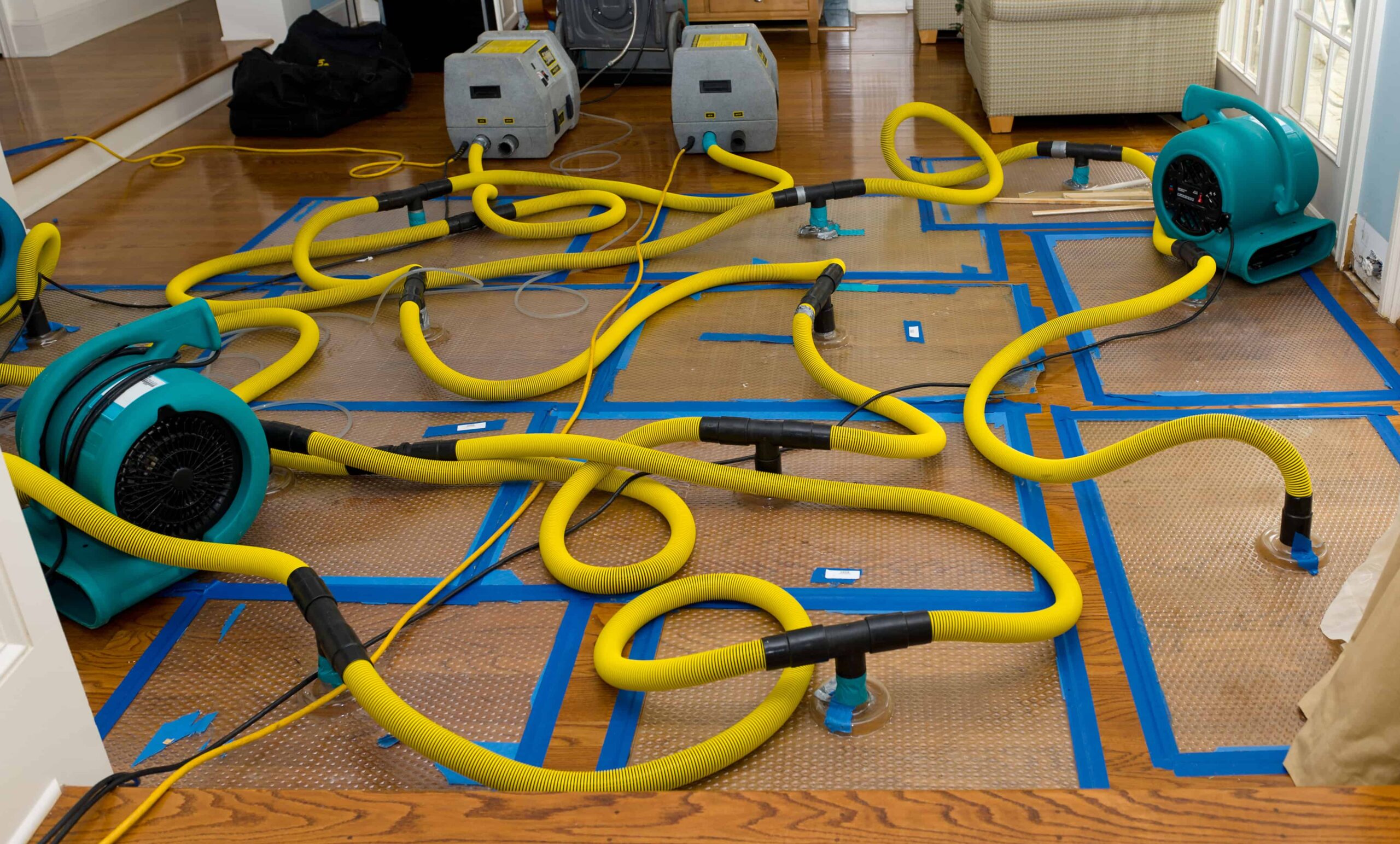When it comes to maintaining the structural integrity of a property, whether residential or commercial, professional structural drying is paramount. Water damage, a result of floods, leaks, or even a simple oversight, can wreak havoc on a property’s foundation, walls, and overall durability. In such situations, it’s essential to ensure that the property is dried appropriately to prevent further damage and potential financial setbacks. In this article, we’ll delve deep into the intricacies of professional structural drying and its significance.
The Science Behind Structural Drying
To truly appreciate the value of structural drying, one must first understand the science behind it. When water permeates the different layers of a structure, it doesn’t merely sit on the surface. It gets absorbed by porous materials like wood, drywall, carpet, and more. This retention of water can lead to mold growth, structural weakening, and even health hazards for the inhabitants.
Using advanced equipment, professionals can measure the moisture levels in different parts of a property, identifying areas of concern. The data collected helps in formulating a precise drying plan, ensuring all wet materials are addressed.

Why the Professional Approach is Essential
Many property owners believe that letting water-damaged areas dry naturally is a feasible solution. However, this can be a costly mistake. Here’s why a professional touch is indispensable:
- Speed and Efficiency: Professionals use industrial-grade equipment, such as dehumidifiers, air movers, and moisture meters, to expedite the drying process. This ensures that the property is dried thoroughly and quickly, minimizing potential damage.
- Deep Drying: Surface drying can be deceptive. While an area might seem dry to the touch, moisture can lurk deep within. Professionals can penetrate beneath the surface, ensuring that even hidden moisture is eradicated.
- Safety and Health: Mold and mildew can begin to grow within 24-48 hours of a water event. A swift professional response ensures these harmful microbes are kept at bay, preserving the health of the property’s occupants.
The Steps Involved in Professional Structural Drying
Understanding the process can provide clarity on its importance. Here’s a snapshot of what goes on during a professional drying session:
- Assessment: Before any action is taken, professionals assess the extent of the damage. Using moisture meters and thermal imaging, they identify the most affected areas and devise a tailored drying strategy.
- Extraction: Excess water is extracted using powerful pumps and vacuums, ensuring that the drying equipment works effectively in the subsequent stages.
- Evaporation: Air movers are strategically placed to promote rapid evaporation, turning water in materials into vapor.
- Dehumidification: Industrial dehumidifiers are employed to pull moisture out of the air, ensuring that it doesn’t get reabsorbed by the materials.
- Monitoring and Finalizing: The drying process is monitored using specialized equipment. Adjustments are made as needed, and once optimal dryness levels are achieved, the process is concluded.
Cost Savings in the Long Run
While there might be an upfront cost associated with hiring professionals for structural drying, the long-term savings are significant. By ensuring the property is dried thoroughly and promptly, owners avoid potential issues such as mold remediation, structural repairs, and health-related costs due to poor air quality.
Conclusion
Professional structural drying is not merely a reactive solution to water damage but a proactive approach to property maintenance. It safeguards the property’s structural integrity, enhances its lifespan, and ensures the health and safety of its occupants. By enlisting experts in the field, property owners are making a wise investment, ensuring peace of mind and the longevity of their cherished spaces.

